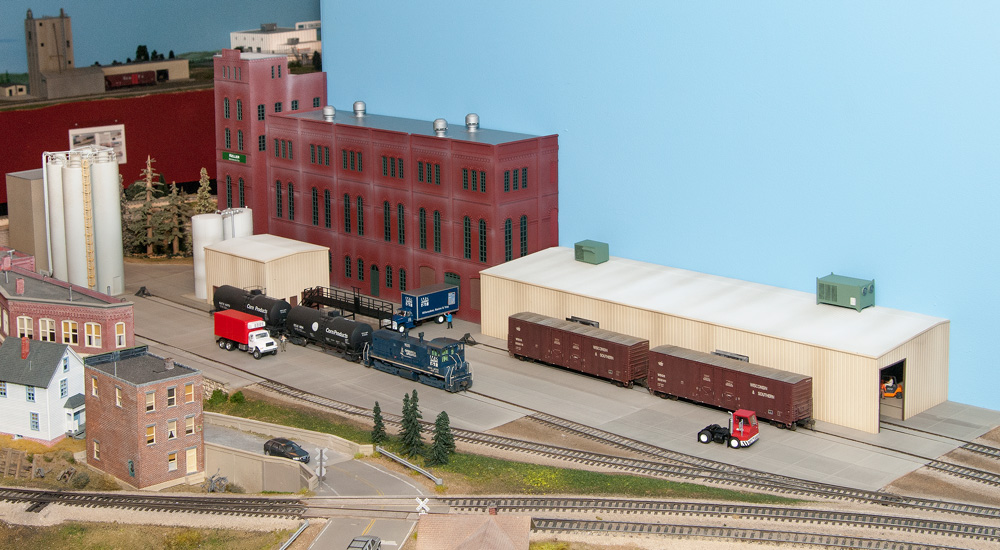
Q: I’m planning a rail-served brewery for my N scale layout. What did these industries look like, and what kind of products would trains deliver to the brewery or haul away from it? — Eli Quarless
A: Breweries are large, sprawling, complex industries that take up multiple buildings and receive and ship a wide variety of commodities. Depending on how much layout real estate you have to devote to a brewery, you could model the whole operation or only a part of it. To decide on what structures and cars to model a brewery you need, let’s take a look at the process of brewing beer.
At the start of the process are the raw ingredients that go into beer: grain, hops, and yeast. That grain is predominantly barley, though some brewers use rice as well. Either way, that grain will arrive in long strings of covered hoppers (or, back in the steam era, boxcars with grain doors nailed over its door openings). It will be unloaded in a covered shed and stored in towering concrete grain elevators until being conveyed or trucked to the brewhouse, depending on the distance. These elevators were often the tallest buildings in the neighborhood, making them good locations for eye-catching signs advertising the brewery’s wares.
The barley is soaked in water until it starts to sprout, then dried, becoming what’s called malt. Malting could happen at the brewery, or it could happen at an off-site malting plant, which would then ship the dried malt to the brewery (usually in sacks carried in insulated boxcars). It might be interesting to model a malting plant (receiving hoppers, shipping insulated boxcars) on one part of your layout and the brewery elsewhere. Or you could model a brewery that receives malt from an off-layout source, omitting the grain elevator and the malting plant.
The brewhouse, as the saying goes, is where the magic happens. In the steam era, this is typically a large brick building with tall windows to let in the sunlight. More modern breweries resemble any other generic concrete or prefab steel industrial building. In addition to the malt, the brewhouse would receive the hops (which gives beer its bitterness) in refrigerator cars. Yeast, the biological engine of fermentation, would likely arrive in trucks, since much smaller quantities of it are needed compared to grain and hops.
The brewhouse might also receive an occasional shipment of a replacement fermentation tank, boiler, or piping on flatcar, an interesting open load for your railroad.
Beer might be bottled (or canned) at the brewhouse, meaning that this part of the brewery complex would also receive boxcars of bottles, cans, and/or kegs, along with wooden or cardboard packing materials. Alternatively, a really large brewery complex might pipe its product to a separate bottling plant that would receive these packaging products. This would be a large structure, probably a typical-looking flat-roofed warehouse or industrial building of brick or concrete. The finished product might ship from a warehouse attached to the bottling plant, or there might be a separate shipping center, as there was for the Pabst and Blatz breweries on the old Milwaukee Road Beer Line. Product would ship out in trucks or refrigerator cars. In the steam era, reefers might be iced at the yard before being dispatched to the brewery for loading, or there could be an ice plant near the shipping center, adding a step to the brewery switch job’s duties.
Finished beer isn’t the only thing shipped out from a brewery. For every gallon of beer brewed, about 10 pounds of what’s called “spent grain” or “distiller’s grain” is produced. This is barley that’s had most of the sugars digested out of it and turned to alcohol by the yeast. The spent grain is still packed with nutrients, though, making it a valuable secondary income stream for the brewery. Spent grains are stored in a large elevator similar in appearance but separate from the incoming grain elevator. It’s shipped out in covered hoppers (or, in steam days, boxcars) to be used as an ingredient in animal feed.
Bottling beer and moving those bottles to the warehouse for shipping sometimes results in broken glass. This glass, called “cullet,” is collected in an open-topped gondola parked on a less busy siding at the bottling plant. Depending on the size of the brewery and how much glass gets broken, the cullet gon will probably have to be swapped out for an empty one every week or two. Filling a model gondola with a load made up of crushed brown, green, and clear glass seed beads makes for an interesting open-top car.
For more information to help you decide on the structures and cars to model a brewery, Southern Pacific modeler Tony Thompson has a couple of informative blog posts on the topic on his website, Modeling the SP:
https://modelingthesp.blogspot.com/2019/07/beer-as-industrial-commodity.html
https://modelingthesp.blogspot.com/2019/08/railroad-shipping-related-to-beer-part-2.html
Breweries are fascinating industries with lots of operating potential for a model railroad. Enjoy building yours!
Send us your questions
Have a question about modeling, operation, or prototype railroads? Send it to Senior Associate Editor Steven Otte at Steven.Otte@Firecrown.com. Be sure to put “Ask MR” in the subject.






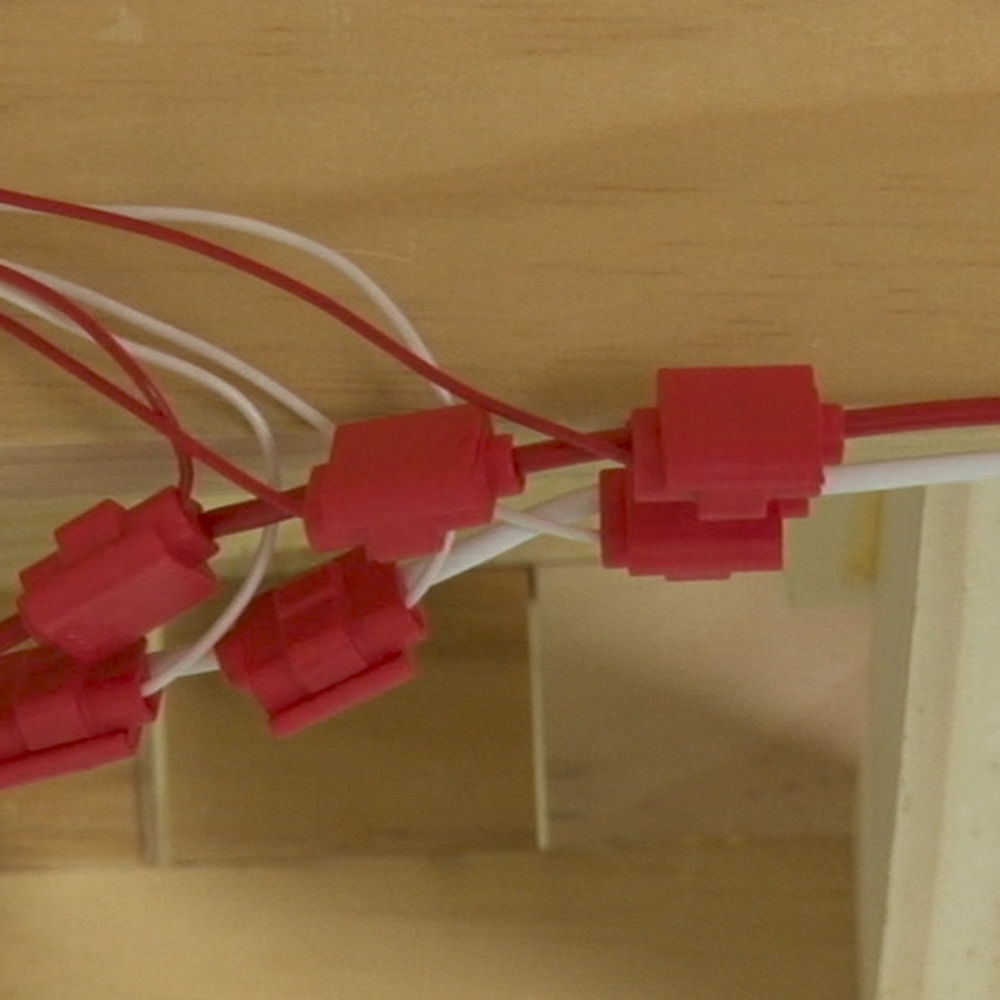
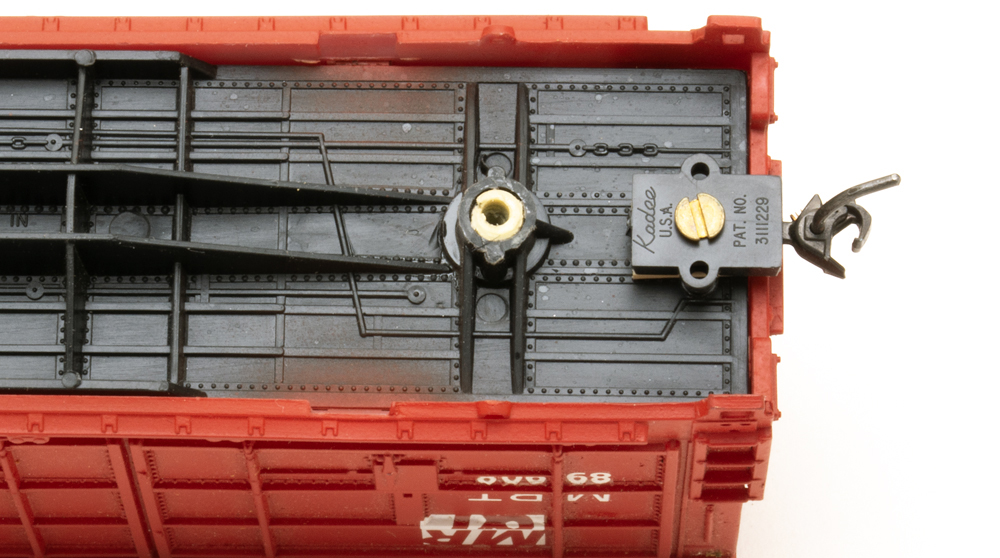
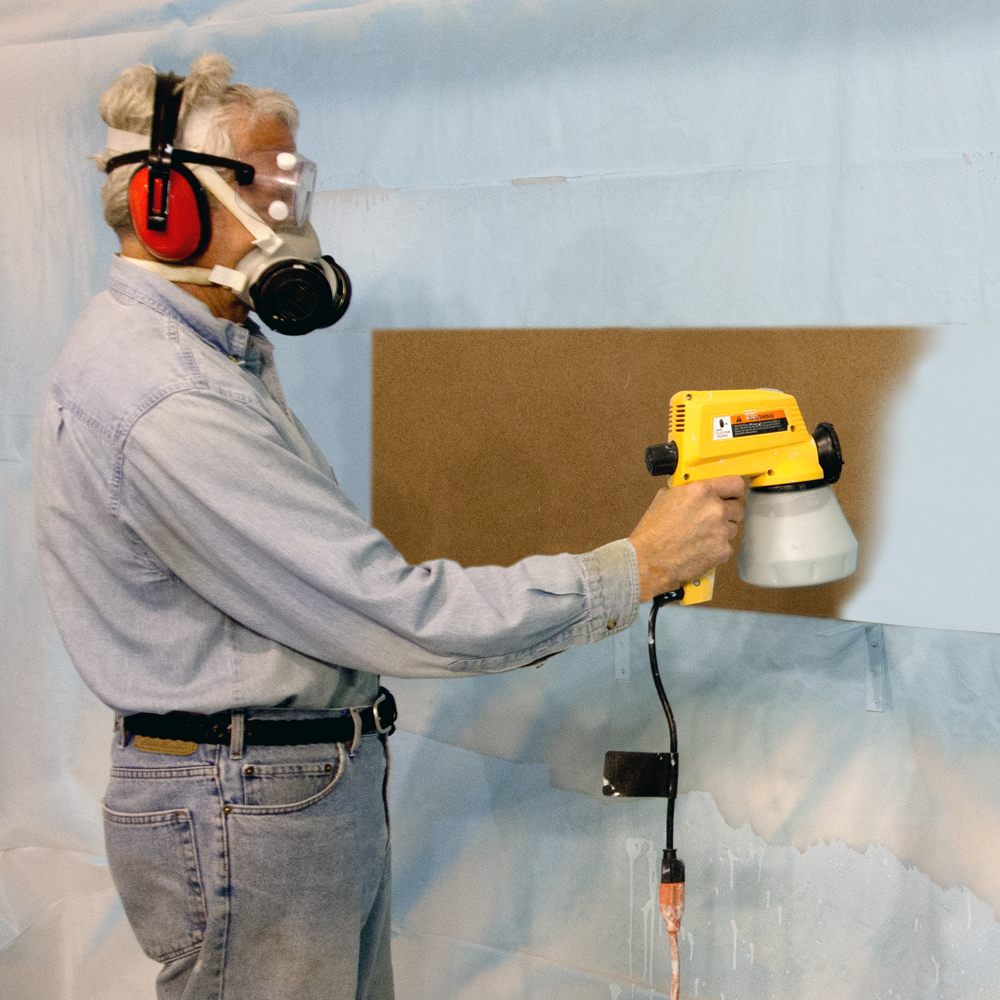
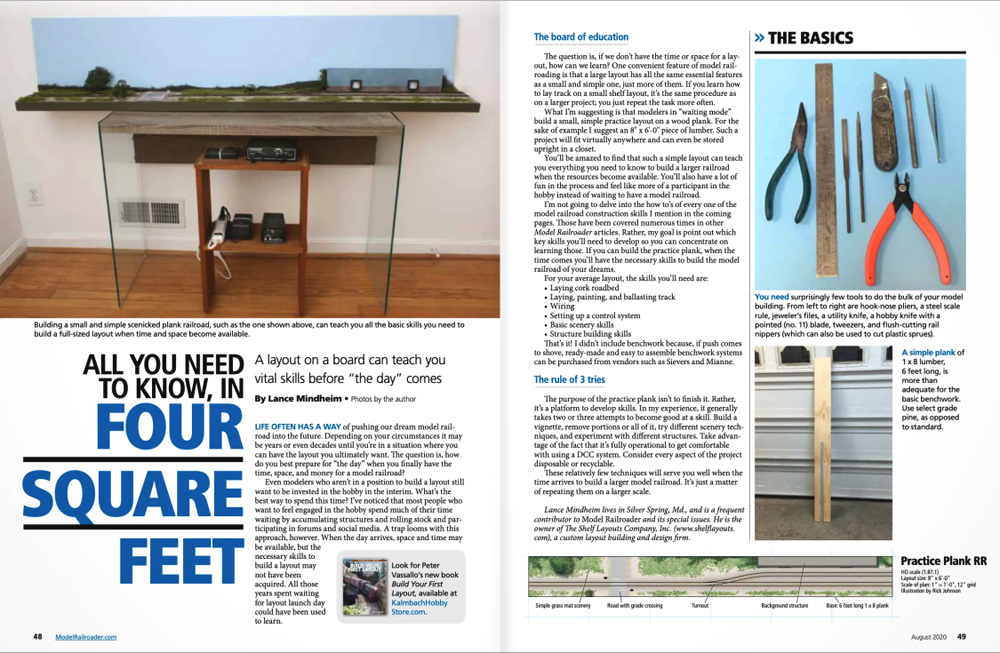




Agree (coal spur). Also a great place to easily observe what typical frt cars are @ a brewery is the former Heilman’s (now “City Beer”) in La Crosse on CB&Q aka BN. Probably no other industry, then & now (i.e. does NOT matter what era you model) was/is more dependent on rail service are breweries (except for the micros). Ditto for distilleries! (see Hiram Walker in Peoria!) High security there by Walker AND RR’s due to high value of ea car load of finished product (C&NW was prime rail aka UP)
A large brewery also needs a power house to generate steam for the brew kettles (unless it is Strohs fire brewed). So a spur for coal should be included.